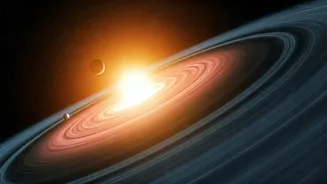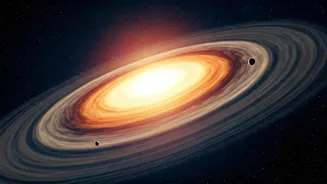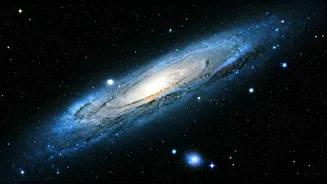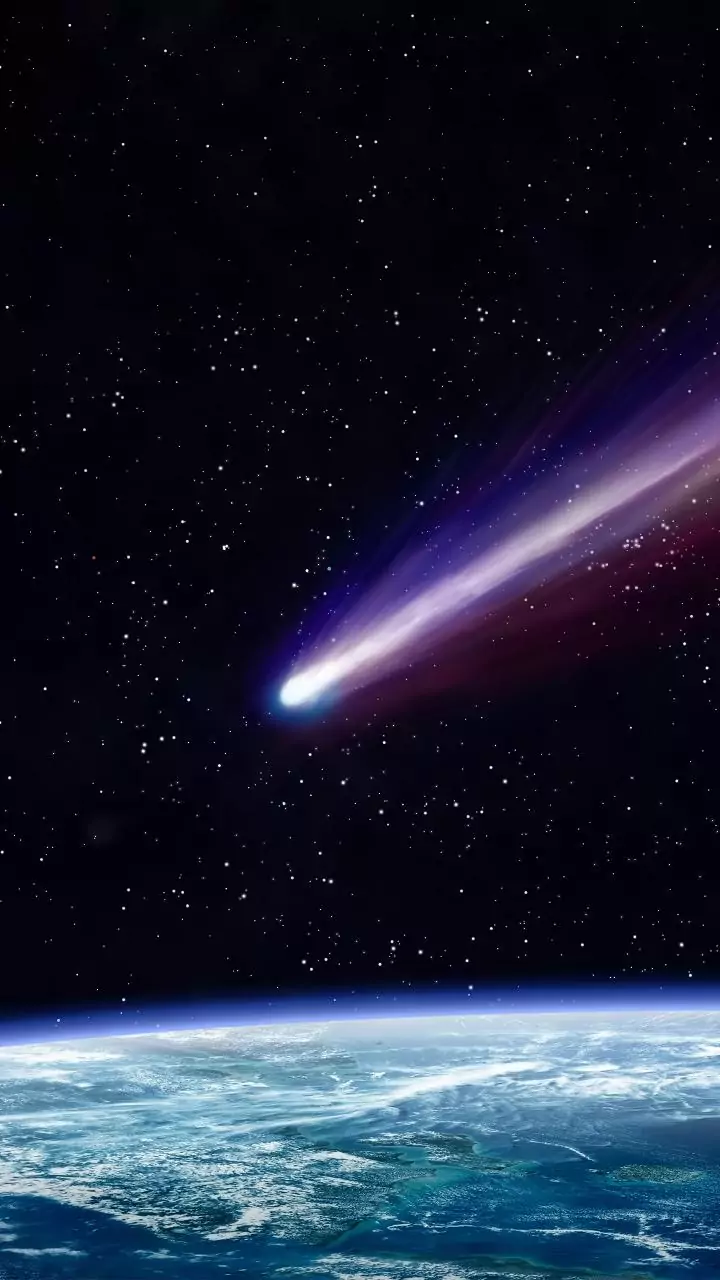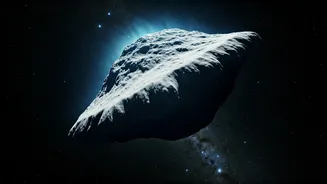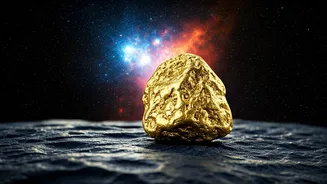Unveiling Mini-Neptunes
The James Webb Space Telescope has been instrumental in challenging existing theories on Mini-Neptune worlds. These planets, which are smaller than Neptune but
larger than Earth, pose intriguing questions due to their atmospheric composition. The JWST has provided more detailed insights into the atmospheres of these celestial bodies. The telescope's capabilities include analyzing light that passes through planetary atmospheres, allowing astronomers to determine the presence of different elements and molecules. These observations are critical in understanding how these planets formed and evolved. New data from the JWST has shown that these planets are more diverse than previously thought, with varying atmospheric compositions. Some have extensive atmospheres, while others seem to have lost much of their atmospheric gases. This variability is prompting scientists to rethink their models on the formation and evolution of such planets, contributing significant data to enhance our grasp of exoplanets and the diversity of planetary systems beyond our own.
Witnessing Planet Birth
In parallel with atmospheric investigations, the JWST is also helping astronomers to witness the very beginning of planet formation. Recent observations have provided the closest look yet at a planet's birthplace, offering an unprecedented view into how planets emerge from protoplanetary disks. These disks are comprised of gas and dust that surround young stars, and are the cradles where planets begin to coalesce. The telescope's infrared capabilities allow it to penetrate the dust, unveiling the processes occurring within these disks. With these insights, astronomers are able to observe the initial stages of planet formation in detail. They are seeing the emergence of planetary structures, the swirling of materials, and the formation of gaps in the disks, which are clues to the development of planets. These findings not only advance current understandings, but also give insight into the origin of our solar system, and how planets of all kinds evolve in the universe. This provides crucial information about how common or uncommon life-supporting conditions may be.
